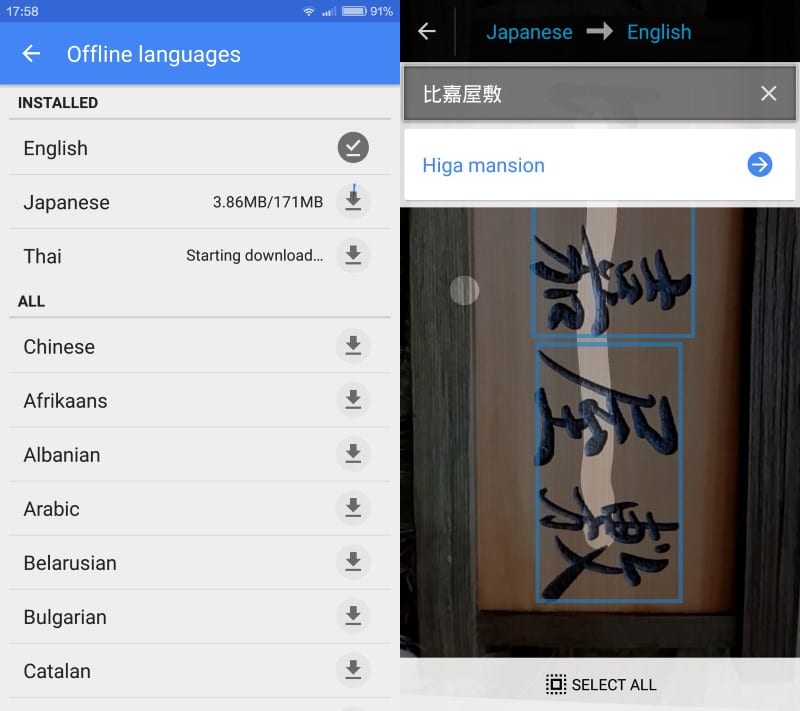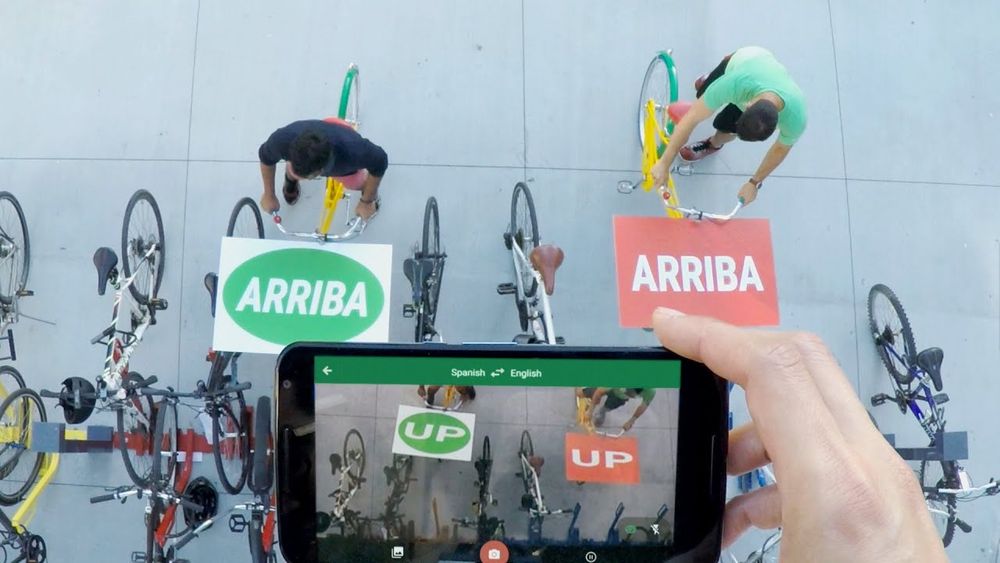


All of these contributors, moreover, have previous experiences, stretching back decades, working with technical communicators on international projects. To do so, the editors of this collection purposefully recruited authors from the translation and localization industries. The entries in this volume introduce technical communicators to foundational practices, current approaches, and emerging trends in translation and localization. While it is not possible to ascribe such positive developments solely to the EMT, it is probable that the Network has had a beneficial impact, both by strengthening relations between industry and academia, and by facilitating the exchange of good practices among programmes. This article reports the results of this latest survey and compares them with those of its predecessor, revealing a clear trend towards greater uptake and professionalisation of tools and technologies training. In 2017 the EMT Network decided to update and rerun the 2012 survey, to track the evolution of this aspect of translator training over the intervening five-year period. In 2012, for the EU-funded OPTIMALE project, the present authors surveyed 50 European postgraduate translator training programmes to investigate which technological competences they were delivering and how they were doing so.

The two Competence Frameworks set out by the European Master's in Translation (EMT) Network (Gambier (ed.) 2009, Toudic and Krause (eds) 2017) each devote a major section to Technological Competences, and delivering them effectively to students is a key criterion for admission to the Network. Over the past quarter century, translation tools and technologies have become indispensable in the language industries, and therefore also in university programmes that train student linguists for entry into them.

It is not exhaustive, but it aims to highlight the diversity of possible applications through a pedagogical approach. The purpose of this article is to broaden the debate on whether technology supports translator training and what its advantages and limits are, providing examples of the use of new technologies in translator training. Many tools which aim to help translators fulfill their tasks have been improved and expanded, such as the different translation memory suites or the corpus management programs. Time has passed and, at the same time, experience has grown along with advances in the field of new technologies. Therefore, despite the challenges they might pose, these tools are now requirements for teaching any subject. This article stated that in today's society, in which dizzying technological advances are taking place, new technologies have become essential tools and their mastery is a sine qua non for accessing many jobs. In 2007, I examined some tools that could potentially prove useful in translator training.


 0 kommentar(er)
0 kommentar(er)
